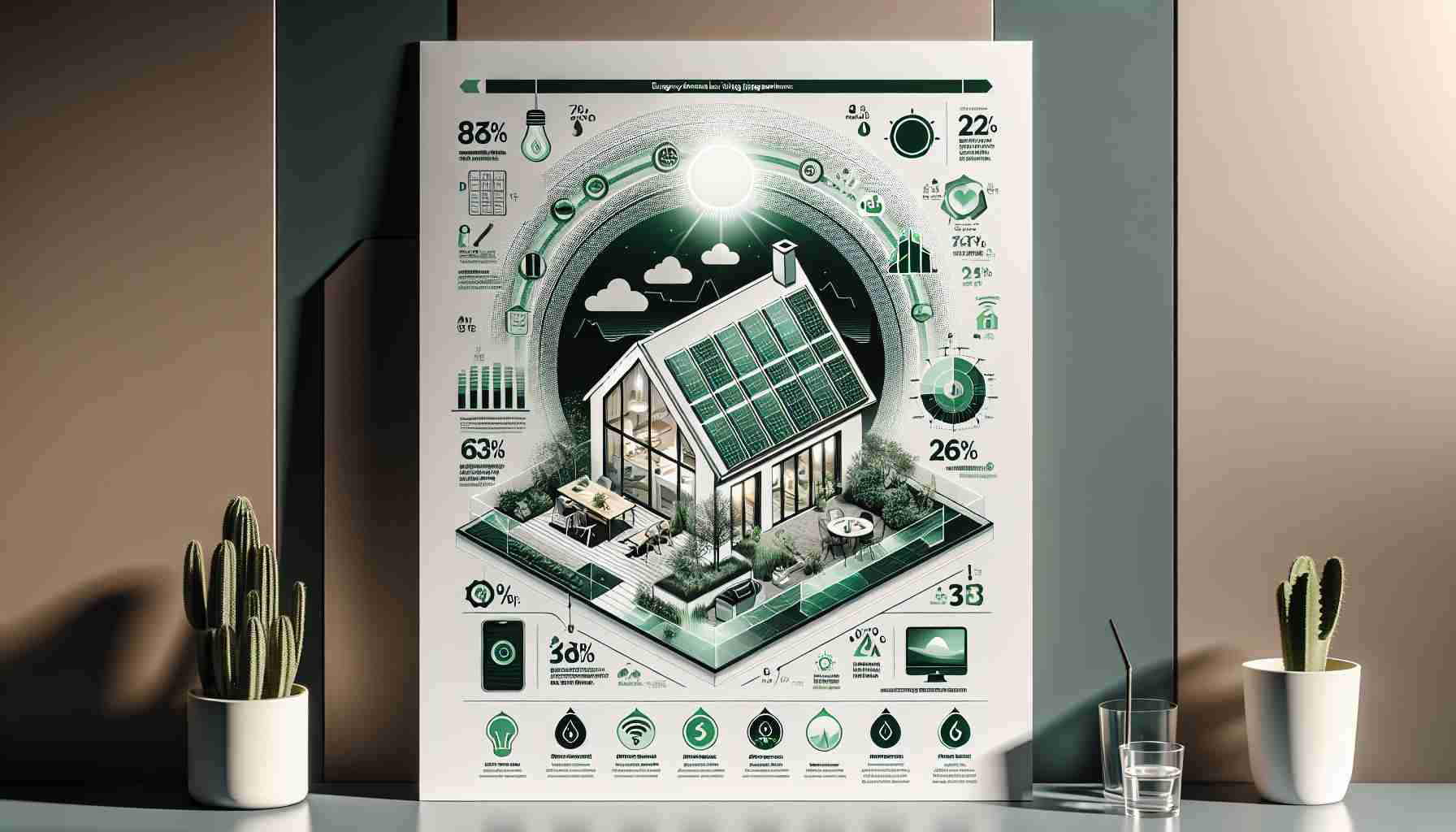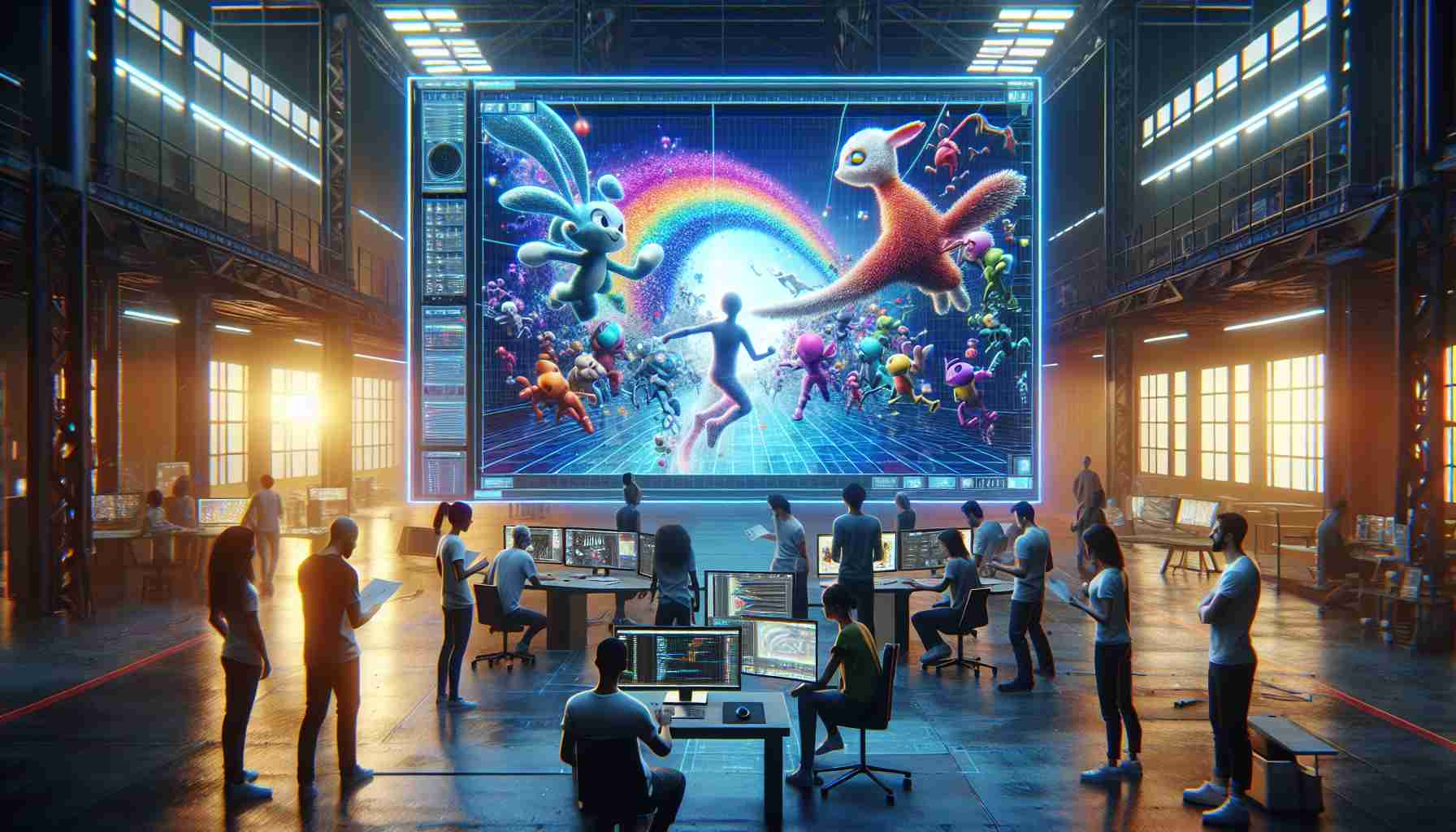Electrification and Beyond with Lucid Motors
Lucid Motors, the trailblazer in luxury electric vehicles (EVs), is making headlines again with a potential game-changer: a debut in vehicle-to-grid (V2G) technology. This latest innovation promises not just to redefine the user experience but could also revolutionize the entire driving ecosystem. V2G technology allows electric cars not only to take power from the grid but to return it as well, transforming vehicles into mobile energy hubs.
Powering More Than Just Movement
Lucid Motors, known for their innovative Air model, is reportedly working on an advanced V2G system that incorporates bi-directional charging, allowing EVs to power homes and even other cars. This comes at a time when energy sustainability and reliability are hot topics on the global stage. By integrating this technology, Lucid is setting the stage for a future where car owners can contribute to energy grids, especially during peak hours, ultimately promoting renewable energy adoption.
The Future of Luxury is Here
As sustainability becomes a luxury in itself, Lucid’s adoption of V2G technology positions them as forward-thinkers in the arena of green energy solutions. With more details expected to emerge soon, the industry is buzzing with anticipation. Will this shift the landscape for not only EV enthusiasts but for energy providers as well? As Lucid Motors continues to innovate, they not only offer a glimpse into the future of luxury cars but also redefine their role in the evolving energy ecosystem.
Could Your Electric Car Power Your Home? The Revolutionary Impact of V2G Technology
Imagine a world where your car isn’t just a mode of transport but a crucial player in the power supply chain. Lucid Motors’ leap into vehicle-to-grid (V2G) technology opens up fascinating possibilities for the future. While the existing focus has been on bi-directional charging, a less discussed, yet equally compelling, aspect of this technology is its potential for off-grid living solutions.
How does V2G affect energy independence? By turning vehicles into mobile power stations, V2G technology could alleviate the dependence on conventional electricity sources. This is particularly revolutionary for remote areas, where infrastructure for traditional power grids is lacking. Imagine a scenario where disaster strikes and power outages occur; V2G-enabled vehicles could ensure critical home systems remain operational.
Interestingly, this technology could also democratize energy production. Could the future hold a ‘peer-to-peer energy trading’ platform where individual car owners sell excess energy? This brings us to both the advantages and disadvantages of V2G.
On the plus side, V2G adoption could lead to lower energy costs and contribute to a substantial reduction in carbon footprints. However, critics argue about potential risks, such as battery degradation due to frequent charge cycles, which could affect the lifespan of EV batteries.
How will these developments reshape the relationship between consumers and utility providers? The implications are vast, as are the ethical and practical challenges.
For a deeper dive into cutting-edge technology and its implications, visit Tesla and Nissan to explore ongoing innovations in the EV sector.











